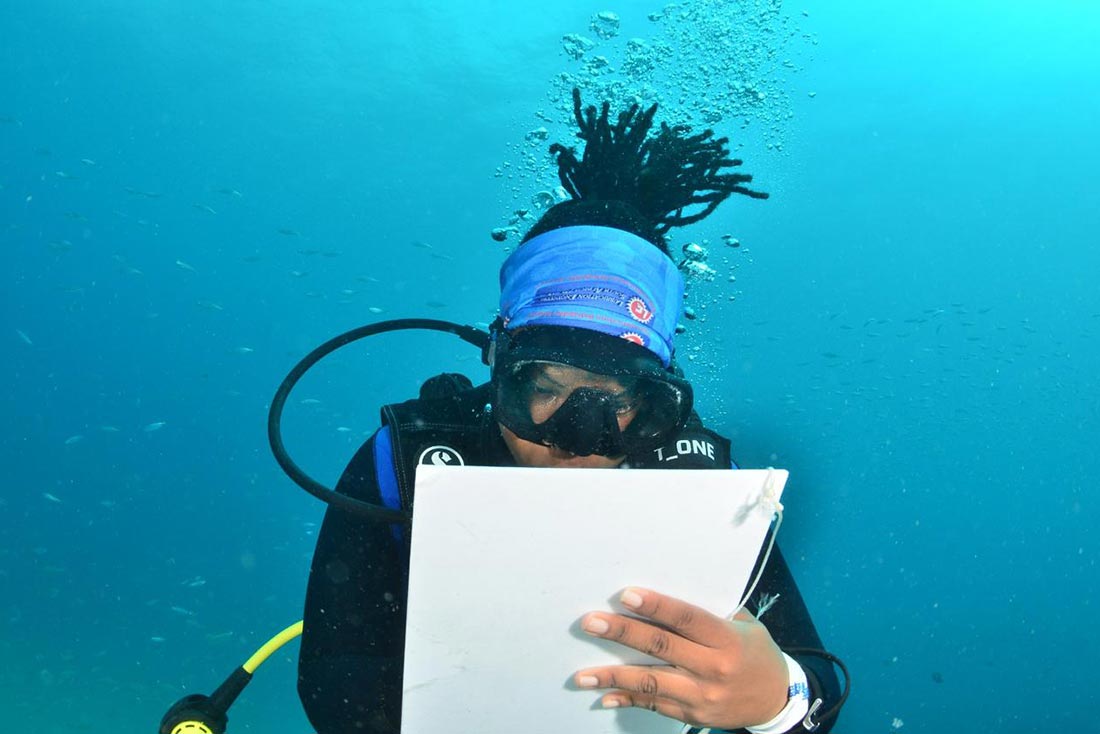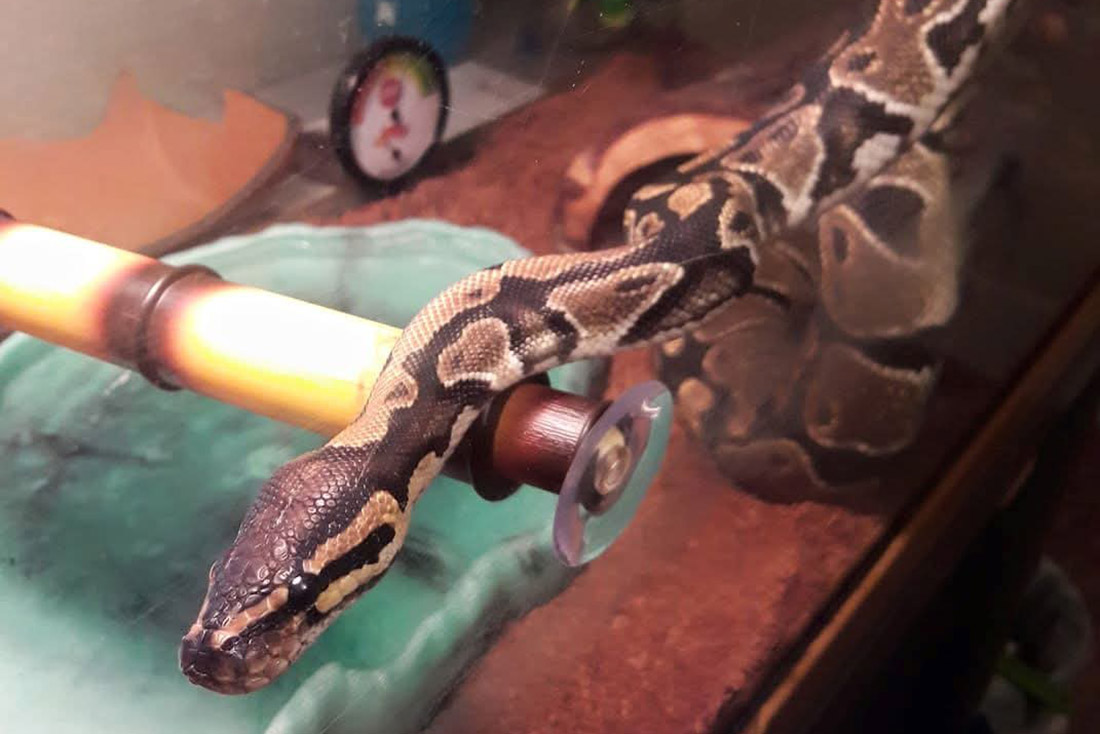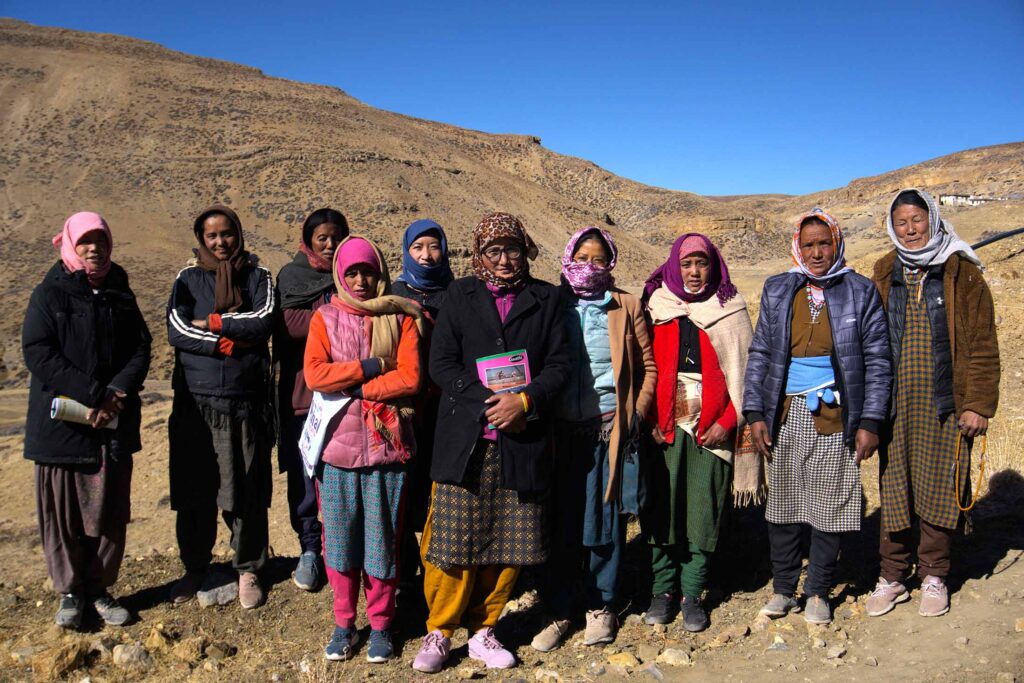In October 2023, Deepshikha Sharma traveled to the village of Kibber in the Himalayas of Northern India to kick off her Conservation Nation Fellowship. While there, she held a workshop for local women interested in learning how to set up camera traps (i.e., motion-activated photo equipment) to capture images of snow leopards during the upcoming winter.
Deepshikha trained the women on how to use a GPS device and techniques for setting up, placing, and monitoring camera traps. Workshop participants also discussed using camera traps as a tool for species population estimates. They spent the next two days setting the camera traps in ten locations across the village pastures where the group had observed signs of snow leopard scat, scent markings, or scraps of prey animals. They also visited nearby locations where Deepshikha’s employer—the Nature Conservation Foundation (NCF)–had placed camera traps during past summers.
Ten women participated in the workshop and are now part of the core camera trapping team in Kibber. The group ranges in age from 27 to 53 with varying levels of education (for example, two do not have any formal education at all, while one is a college graduate). Despite these differences, each woman contributes equally to the team.
The team spent 45 days in November and December setting up camera traps around the Kibber region. The older women told folk tales about the animals found in the area and shared their knowledge of the local pastures and landscapes with the group. Meanwhile, the younger and often more formally educated women helped the older women navigate some of the technical components of the camera traps. Deepshikha often noted how impressed she was with how the younger and older women partnered together in such complementary ways!
Although the team initially planned to remove the camera traps, they ultimately decided to replace the batteries and memory cards in the cameras while keeping them in their original locations. As a result, they have obtained their first set of photos! This accomplishment has raised the team’s spirits and renewed their vigor for the work.
The team will soon begin tagging the camera trap photos with species identification information. Deepshikha plans to develop the team’s skills in using a laptop to review the images. She also hopes to teach the women how to identify specific snow leopards captured in the pictures and discuss the ethics of camera trapping with the team.
After learning about the success of the program in Kibber, a group of women in the neighboring village of Chicham have expressed an interest in potentially becoming the next cadre of camera trappers in the region. With the strong possibility that this program will evolve in exciting ways over time, please stay tuned for future updates!
Deepshikha Sharma is a Conservation Nation Fellow. Her fellowship is made possible with the support of Catmosphere, a foundation dedicated to raising awareness for crucial work in big cat conservation.










